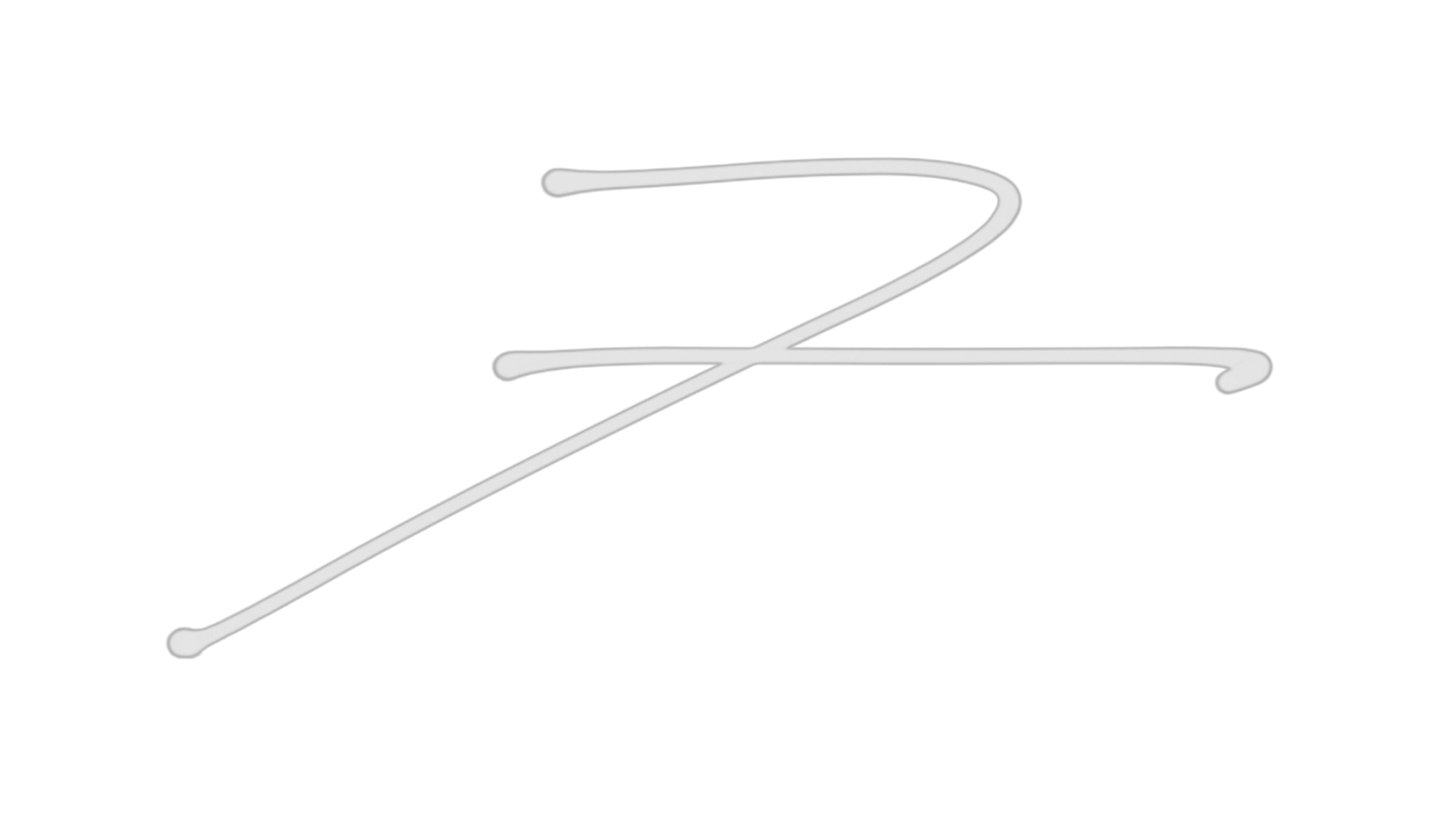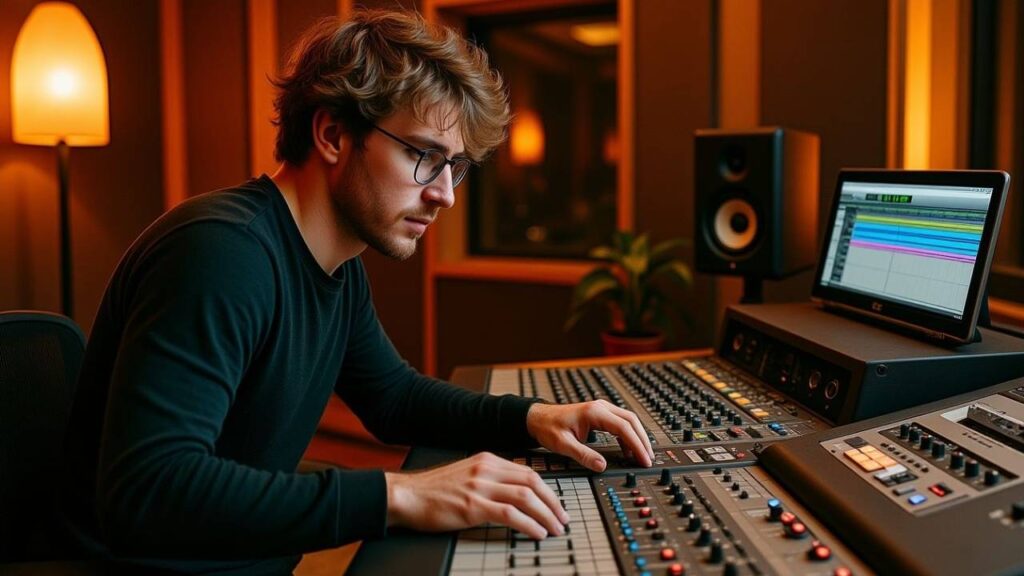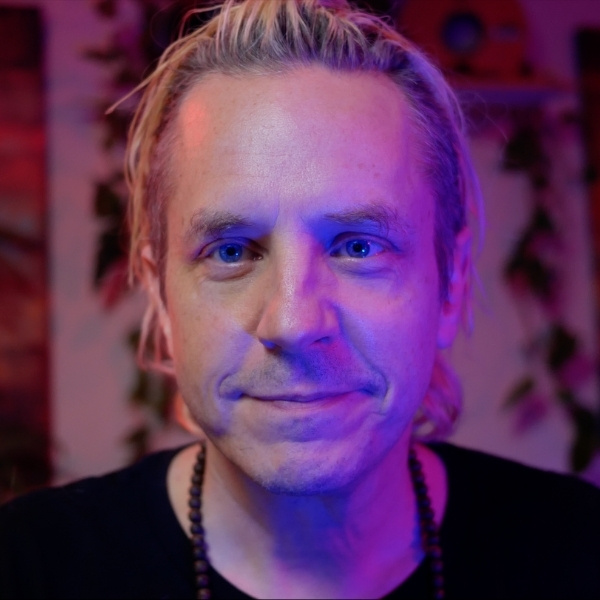The ideal speaker volume for mixing music is 80–85 dB SPL (Sound Pressure Level). This range aligns with the human ear’s flattest frequency response according to the Fletcher-Munson curve. For best results, mix mostly at moderate levels, check in mono and stereo, listen quietly for detail, and only use high volumes briefly to avoid ear fatigue.
🔊 What Is dB SPL?
Sound Pressure Level (SPL) is a measurement of how loud sound is in a physical space, measured in decibels (dB). Unlike digital level meters in your DAW, dB SPL measures actual air pressure — how loud the sound feels to your ears.
-
Measured in decibels (dB) using an SPL meter or app
-
Not the same as track fader levels
-
Helps avoid ear fatigue and poor mix decisions
📱 You can download an SPL meter app on your phone or get a dedicated meter on Amazon for about $30.
What Is a Decibel? dBFS, dBV, dBu and dBSPL Explained in Simple Terms
🧠 Why 80–85 dB Is the Sweet Spot
This range is based on the Fletcher-Munson curve, which shows how our ears perceive frequencies at different volumes.
-
Below 80 dB: bass and highs sound too soft
-
Above 85 dB: fatiguing and potentially damaging over time
-
80–85 dB = most balanced perception of frequencies
-
Keeps your EQ and level decisions more accurate
🎧 At lower volumes, you might overboost bass or treble because your ears hear them less clearly.
Sound Theory 101: Energy, Frequency and Vibration
⭐️ Start by downloading all of my FREE Music Production Guides ⭐️ It took me years to learn this stuff!
🧪 Mixing Tips by Volume Level
🎯 80–85 dB SPL (Reference Volume)
-
Use for most of your mix work
-
Natural balance across frequencies
-
Helps make accurate EQ and panning decisions
🔉 Quiet Listening (~55–65 dB SPL)
🔊 Loud Listening (90+ dB SPL)
-
Use sparingly (only a few minutes at a time)
-
Good for checking energy and impact
-
Can help reveal distortion or clipping
🎧 Don’t Forget to Check These Too
-
✅ Mono: Press the ‘mono’ button on your interface or use a plugin like panipulator
-
✅ Stereo: Confirms space and imaging
-
✅ Headphones: Useful for detail, stereo field, and fatigue check
🎯 Final Tip: Use a Meter
Whether it’s a phone app or a dedicated SPL meter, knowing your mix volume isn’t about guessing — it’s about consistency. Measuring dB SPL helps keep your ears fresh and your decisions sharp.
⭐️ Download my Free Magic Delay settings Guide ⭐️
⭐️ Download my Free Magic Reverb settings Guide ⭐️
#protools #daw #homestudio #recordingschool #recording #musicproduction
Also read:
How to Start Your Own Online Business Teaching Music

Hey, I’m Futch – Music Production Coach and Ableton Certified Trainer
Learn how to make your first song and beat in Ableton Live with my
FREE 90-minute Ableton Live course
I’ve been teaching audio engineering and music production for 35 years.⭐️
Check out my new online music production program: Music Production Ninja…








